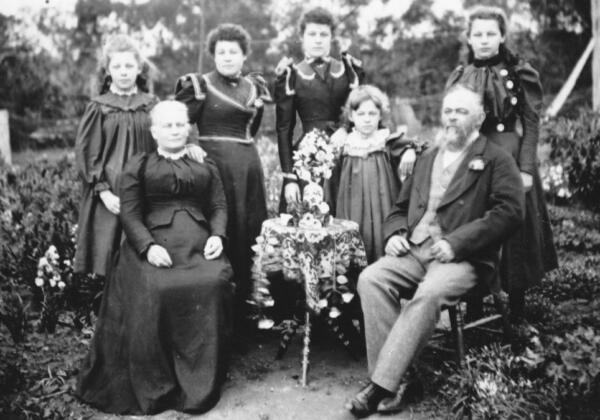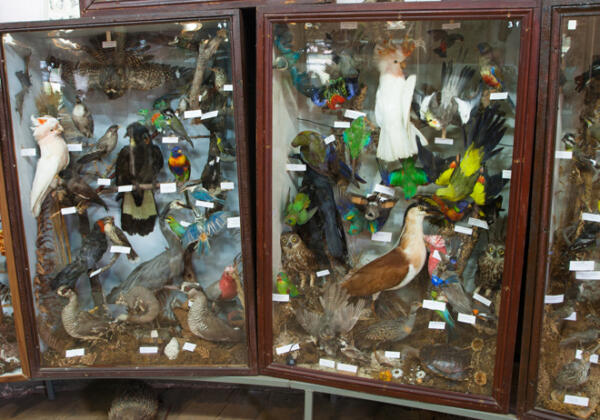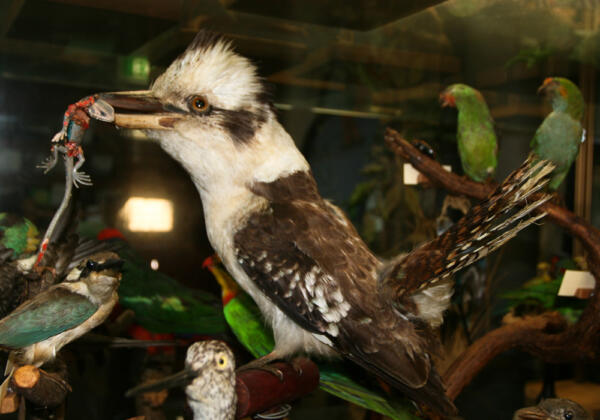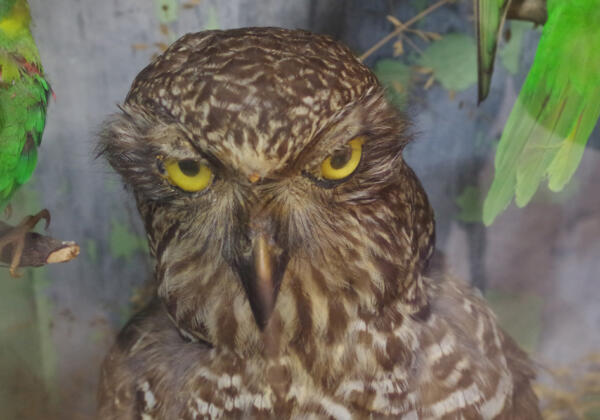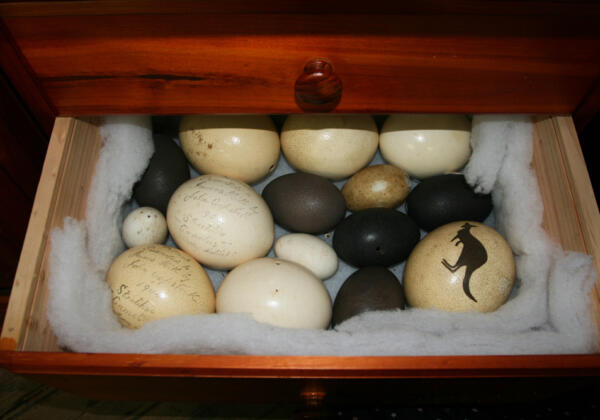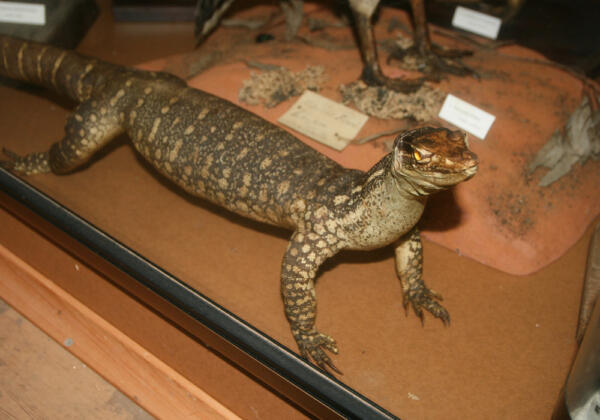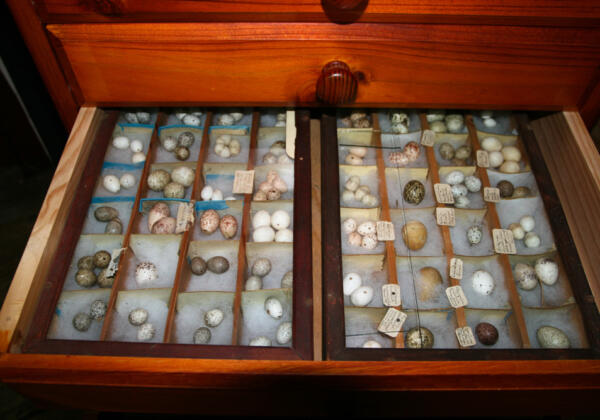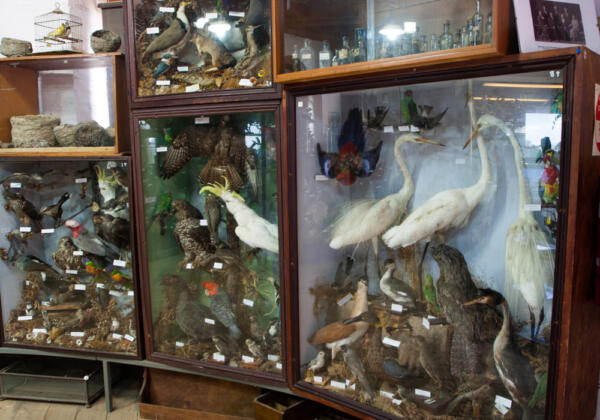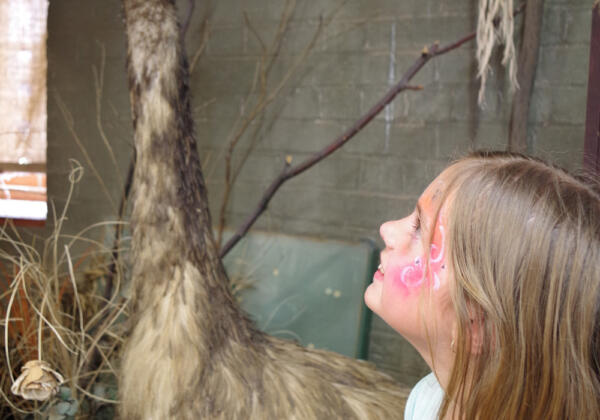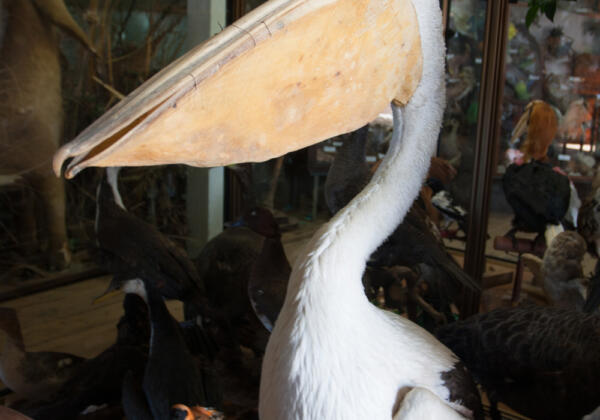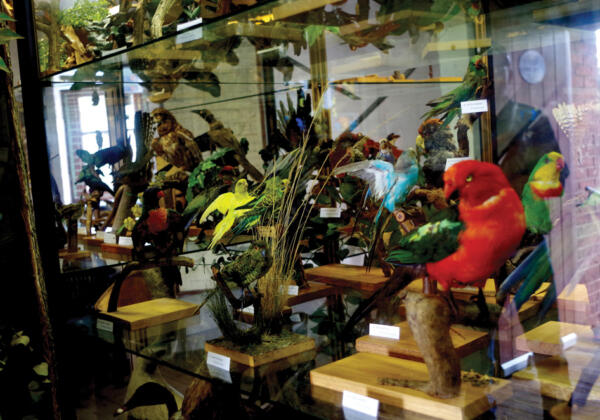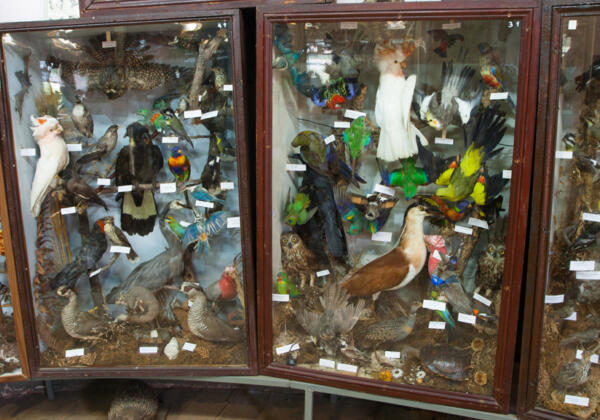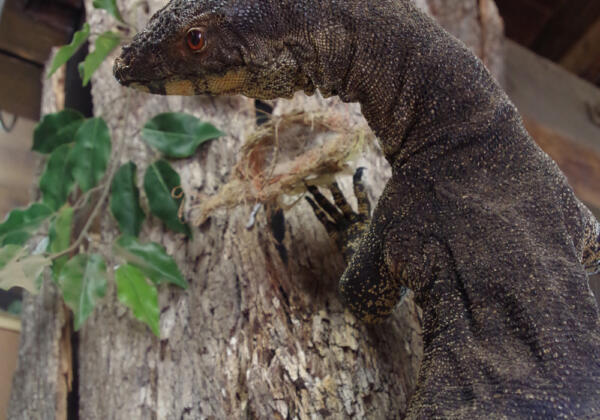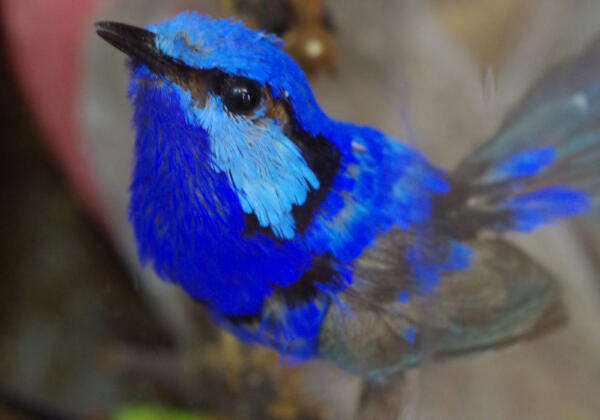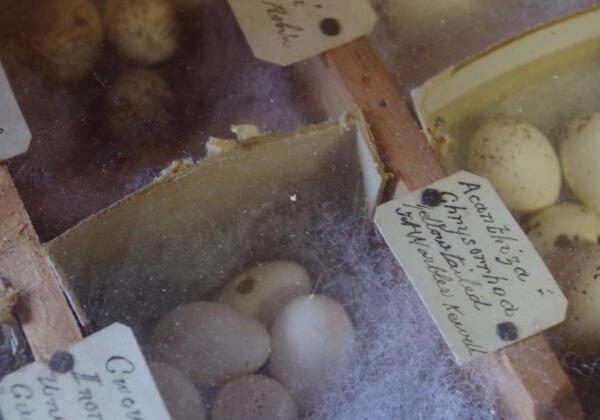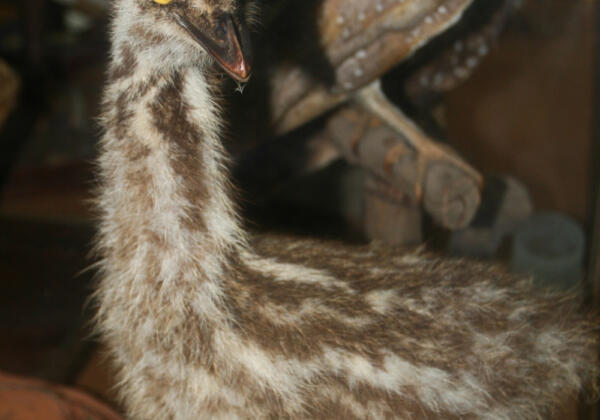James Hill Taxidermy Collection
A rare collection that provides us with an insight into the detail of many bird, reptile and egg species… some now extinct.
James Hill – his life
1850
Born St Albans, Hertfordshire England. Arrived in Geelong with parents when 5 years old.
1873
Left Geelong with parents and brother, Joseph. Travelling with 3 horses, a wagon, axe, crosscut saw, a hammer and a supply of nails, arrived at Kewell, where they built a log water tank and began the tough task of starting a farm.
The Hill family were one of the first settlers at Kewell, located between Murtoa and Minyip.
At the age of 26 James married Helen Gardiner, they had 5 daughters.
James Hill the man was never idle. He was a farmer, carpenter, mechanic, blacksmith, photographer, musician, composer, a prolific reader, self-taught linguist, a naturalist – contributing many articles to the ‘Victorian Naturalist’ magazine and an ornithologist – a member of many national and international societies.
James travelled by buggy and later by train to talk to school children about the habits of birds, insects and animals.
James continued to farm at Kewell for 50 years.
1925
James retired and lived with his daughter, Elsie Newell in Murtoa. James died in 1932 at the age of 82 years.
